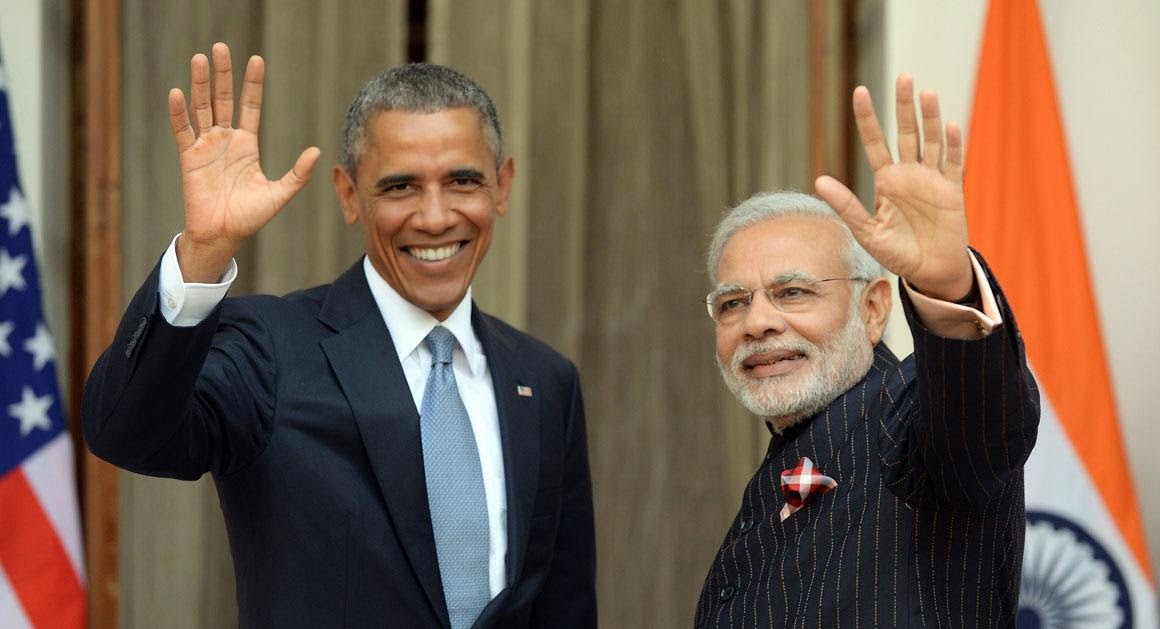Much
like your children, the markets will behave erratically. But the last thing you
should do is lose your patience
There
are only three things you need to be a good parent - patience, patience,
patience. What about love, affection, attention and other such things, you'd
ask. Sure, that's important as well. But while those things, in most cases,
come naturally, patience is something that needs to be cultivated. The lack of
patience leads to stress. Stress leads to frustration. Frustration leads to
anger. And anger leads to bad parenting.
Parenting
and investing are both long-term processes. The immediate effects of any
decision that you take are rarely satisfying, but the long-term results can be rewarding
if you have the patience. Ironically, you need to be patient to cultivate patience.
And that is not easy. The markets, much like your children, will behave
erratically. They'll do things that are out of your control. The more you try
to be patient with them, investments as well as children, the more they'll make
you lose your patience. It's a vicious circle.
But
there's no way around it. If you lose your patience, you lose the chance of
enjoying the fruits of your efforts. The market is at some kind of a new high
as on now, with the Sensex hovering around 29k. A couple of weeks back, it had
crashed by 800-odd points in a single day. Somewhat similarly, a 4-year-old child
behaves like an angel on some days but on other days, he won't eat his food
properly, will throw around his toys when there are guests over or just be
unrelentingly stubborn about something he wants. Such instances are when
parents easily lose their patience. But scolding or smacking the kid is hardly
the solution. Just the way stopping your SIPs when the markets fall or
investing a lump sum when the markets are high is not the way to go about with
your investments.
These
are decisions that are taken under the influence of impatience. They're almost
guaranteed to fail. We know a child isn't going to become the best-behaved one
in the world if we scold him, but he might listen if we calmly keep telling him
why he should or shouldn't do certain things. The markets, on the other hand,
are never going to listen to what anyone has to say. They have a mind of their
own, which makes it even more futile to lose your patience with them. Just
stick to your investment plan and you'll be set to meet your goals and
objectives. The market's misbehavior won't matter in the long run, but any
decision you take after losing your patience will.




